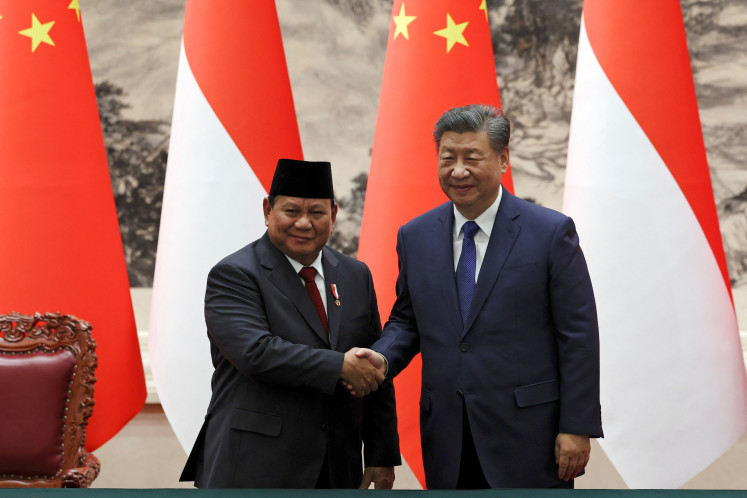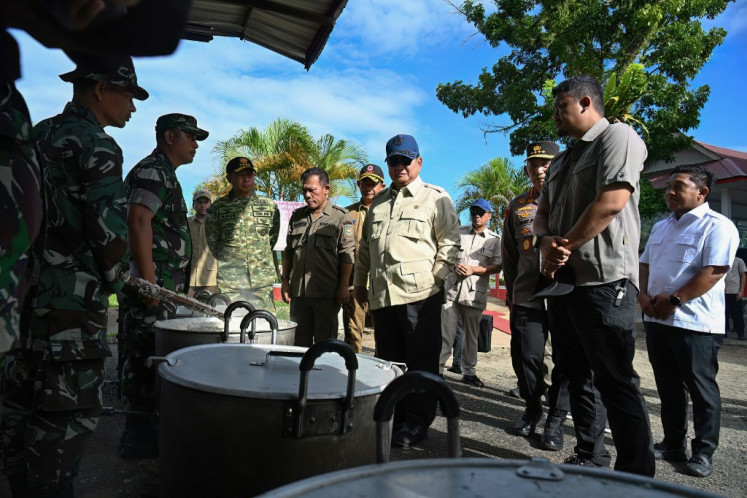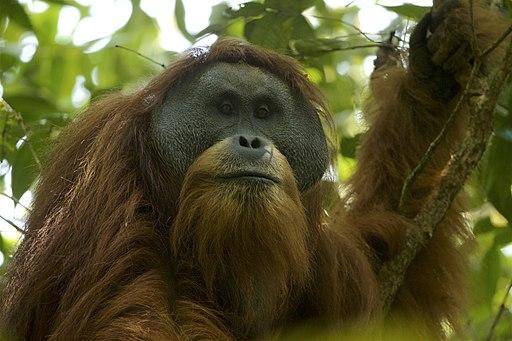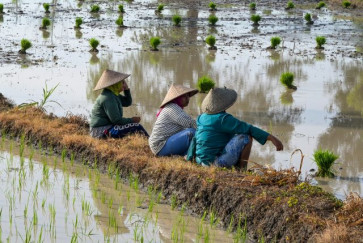Popular Reads
Top Results
Can't find what you're looking for?
View all search resultsPopular Reads
Top Results
Can't find what you're looking for?
View all search resultsHow Indonesia can overcome its rice import addiction
The greatest contributing factor is the yield gap between farmers on Java and farmers outside Java, so a national program on increasing rice productivity should focus on massive investment in agricultural technology to boost the capacity of farmers outside Java.
Change text size
Gift Premium Articles
to Anyone
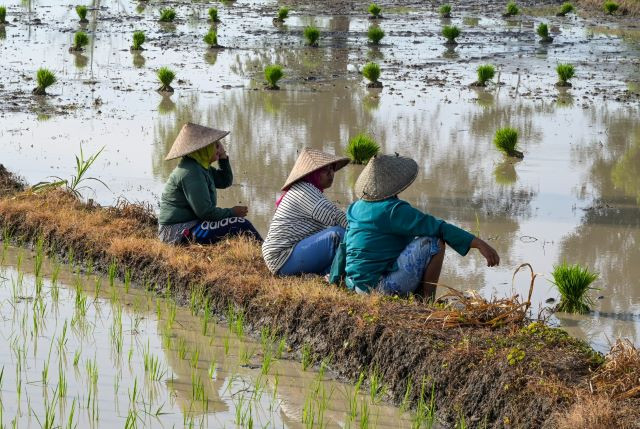 Intermezzo: Farmers take a break before starting to plant paddy seedlings in Batujai village in West Praya district, Central Lombok regency in West Nusa Tenggara on Jan. 25, 2024. The government has allocated an extra Rp 14 trillion (US$887,500) to provide subsidized fertilizers to farmers this year. (Antara/Ahmad Subaidi)
Intermezzo: Farmers take a break before starting to plant paddy seedlings in Batujai village in West Praya district, Central Lombok regency in West Nusa Tenggara on Jan. 25, 2024. The government has allocated an extra Rp 14 trillion (US$887,500) to provide subsidized fertilizers to farmers this year. (Antara/Ahmad Subaidi)
I
ndonesia’s rice imports last year totaled 3.06 million tonnes, the highest in the last two decades. Without massive, structural measures to improve production capacity through modernizing the country’s agriculture sector, particularly in regions outside Java, the price of rice will remain high and Indonesia will forever remain the world’s top rice importing country.
Rice was the main contributor to Indonesia’s volatile food and headline inflation figures last year. Statistics Indonesia (BPS) recorded a persistent increase in the price of rice at the consumer level (retail price) from July 2022 until December 2023. Exacerbated by impacts of the El Niño phenomenon that caused a significant decrease in rice production, last year’s rice price reached a five-year record high.
Inflation triggered by the soaring price of rice will severely hit the buying power of the poor and near poor, since rice expenditure accounts for a substantial portion of their total spending. It could therefore hold back poverty reduction efforts, because expenditure on rice contributes around 20 percent to the poverty line in both rural and urban areas.
According to data from the United States Department of Agriculture (USDA), Indonesia was the world’s third-biggest rice importer in 2023 after the Philippines and China, its total import volume accounting for 5 percent of the global import total. Most of the rice was imported by the State Logistics Agency (Bulog) to stabilize local prices.
The persistent increase in the rice price since July 2022 is a strong indication that our production capacity is no longer sufficient to match growing demand due to population growth, with persistently high per capita consumption of rice.
The BPS Area Sampling Frame data show that our harvest area for rice decreased from 11.4 million hectares in 2018 to 10.2 million ha in 2023. This means that we lost around 1.2 million ha just in five years.
Following this decrease in harvest area, rice production also declined by around 3.1 million tonnes in the same period, from 33.94 million tonnes in 2018 to 30.89 million tonnes in 2023 according to preliminary figures. This is no surprise, since the area of our wetland paddies had decreased by around 300,000 ha in 2013-2019 due to the conversion of agricultural land into land for nonagricultural uses, such as housing and industrial activities.







